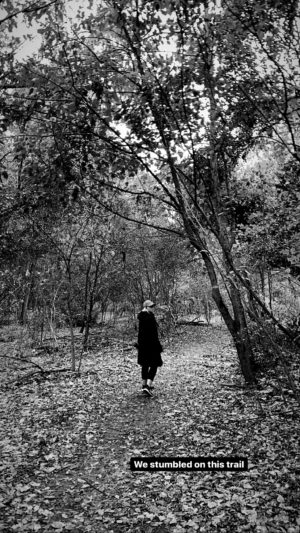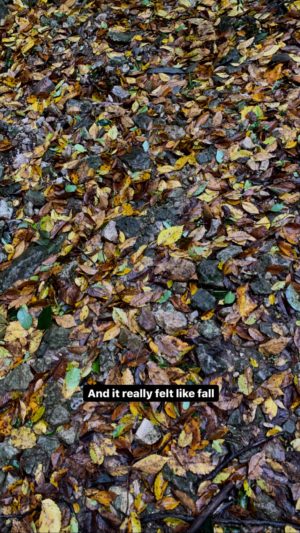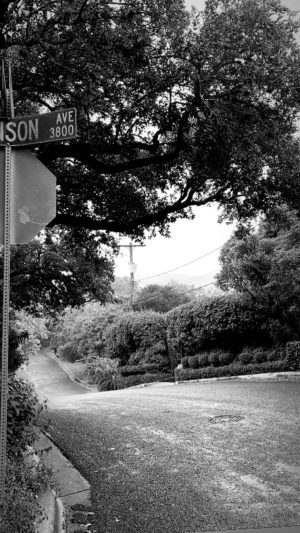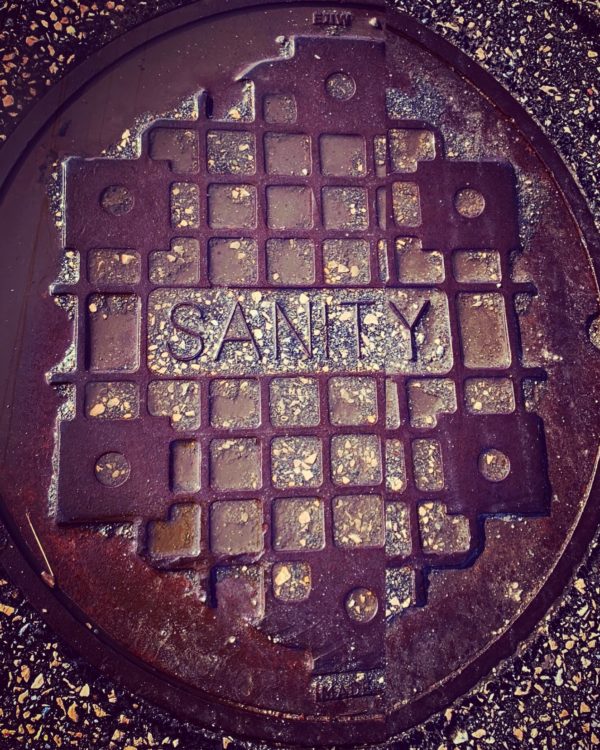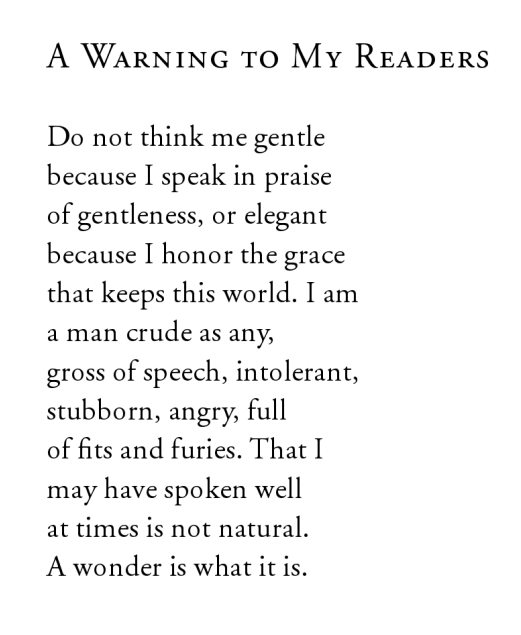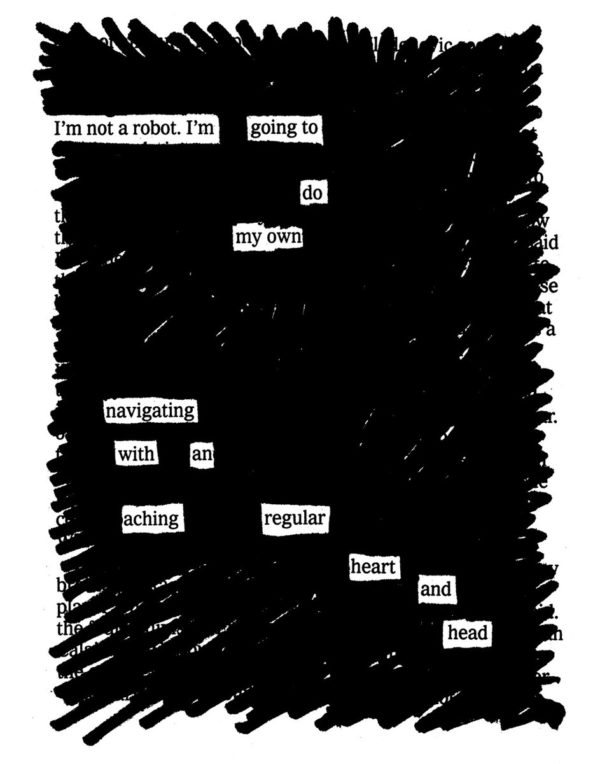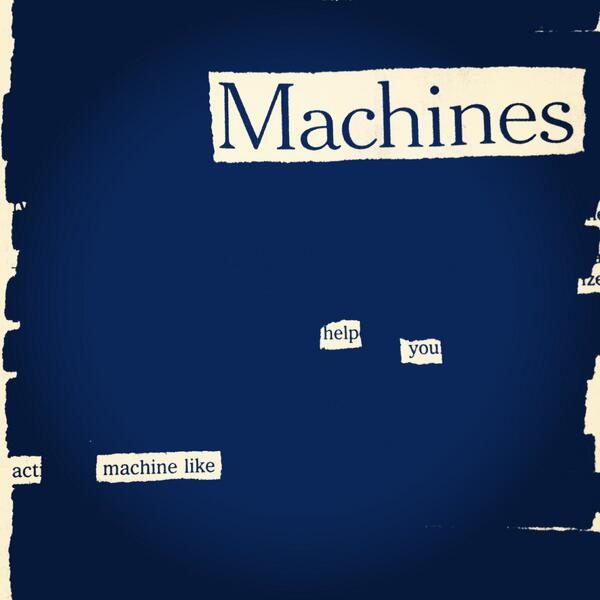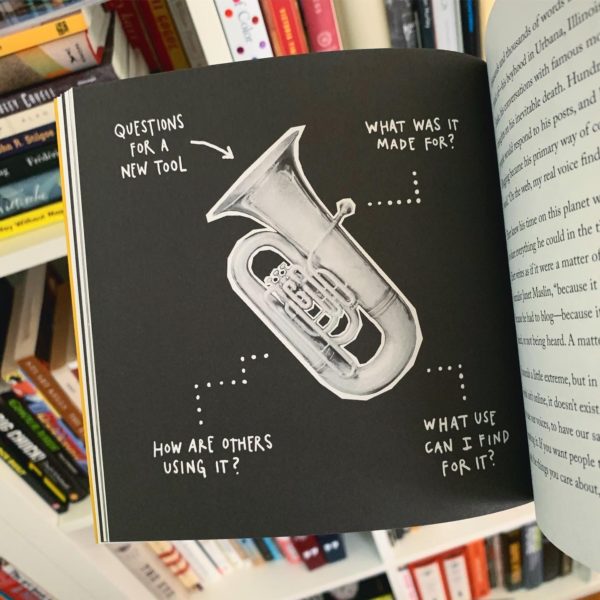
“Look out honey ’cos I’m using technology
ain’t got time to make no apology”
—Iggy Pop, “Search and Destroy”
Here is an illustration from my book Show Your Work! riffing off of John Lennon (“I’m an artist, man. Give me a tuba, I’ll get you something out of it.”) and Brian Eno (“A lot of my ideas start with looking at a tool and thinking what else you could do with it other than what it was intended for.”)
I was much more optimistic about technology in 2013 than I am now, and as I age, I struggle to maintain my curious elder ethos while also feeling that I need to focus my finite amount of energy and time on the inquiries I’m already making and the tools I’m already using. (In other terms: exploring vs. exploiting.)
Tik-Tok, for example, makes me feel ancient. I see many cool uses of it, but none that I’m sure I want to spend any time on. This weekend a good friend of mine, an artist, was trying to explain NFTs and crypto to me, and I felt like I was talking to someone in a cult!
Knowing what’s worth spending your time and attention on is half the game in life, and, for better or worse, and probably because I’m privileged enough to hustle a little less than I used to, I tend these days to err on the side of technologies that have been around for hundreds of years, technologies like paper and pencils.
The fact of the matter is, McLuhan was right: “We shape our tools and then our tools shape us.”
Technology is not just about things and devices, it is about processes and verbs. So you have to be a little careful about what technologies you adopt, because each technology is, broadly speaking, a way of doing things.
Much of my thinking about technology has been influenced by my readings of Ursula Franklin, Neil Postman, McLuhan, Ivan Illich, The Amish, Thoreau, etc., and a whole shelf-full of books my wife read in architecture grad school when she was studying Science and Technology Studies (STS).
One of the contemporary thinkers I find inspiring on the subject is L.M. Sacasas, who publishes a newsletter called “The Convivial Society.” Sacasas was recently a guest on the Ezra Klein Show, talking about his 41 questions concerning technology. Here are the first 10 questions:
1. What sort of person will the use of this technology make of me?
2. What habits will the use of this technology instill?
3. How will the use of this technology affect my experience of time?
4. How will the use of this technology affect my experience of place?
5. How will the use of this technology affect how I relate to other people?
6. How will the use of this technology affect how I relate to the world around me?
7. What practices will the use of this technology cultivate?
8. What practices will the use of this technology displace?
9. What will the use of this technology encourage me to notice?
10. What will the use of this technology encourage me to ignore?
(These questions, btw, would make an excellent structure for a book, something I hope Sacasas will consider.)
Neil Postman had his own questions for a new technology:
1. What is the problem to which technology claims to be a solution?
2. Whose problem is it?
3. What new problems will be created because of solving an old one?
4. Which people and institutions will be most harmed?
5. What changes in language are being promoted?
6. What shifts in economic and political power are likely to result?
7. What alternative media might be made from a technology?
And Wendell Berry, in his 1987 essay, “Why I am NOT going to buy a computer,” had a list of standards for adopting a new technology:
1. The new tool should be cheaper than the one it replaces.
2. It should be at least as small in scale as the one it replaces.
3. It should do work that is clearly and demonstrably better than the one it replaces.
4. It should use less energy than the one it replaces.
5. If possible, it should use some form of solar energy, such as that of the body.
6. It should be repairable by a person of ordinary intelligence, provided that he or she has the necessary tools.
7. It should be purchasable and repairable as near to home as possible.
8. It should come from a small, privately owned shop or store that will take it back for maintenance and repair.
9. It should not replace or disrupt anything good that already exists, and this includes family and community relationships.
When I first read that list, three years before I wrote Show Your Work!, I wrote:
Berry is a farmer, practicing an ancient form of work. That is, he’s doing work that’s already been done before. Artists aren’t farmers: we’re often looking to do work that hasn’t been done before. That is, when we see a new tool, we don’t automatically think, “Well, what does it do?” we think, “Well, what *could* it do?” How could you push the tool to come up with something really interesting? (Think David Hockney and his iphone.)
How callow I was! Now I realize that some artists are farmers and some artists are pirates, and we all operate on a kind of spectrum. In the early days, I felt like I was more of a pirate, and these days I feel more like a farmer, tilling my little plot of land. (Or, okay, a pirate gardener.)
One thing I will say about these lists: they are written as a way of fortune and future-telling and anticipating what a technology might do. But you often don’t know the answers to a lot of the questions until you adopt the technology.
So it might be worthwhile to adjust the tenses of some of the questions, and use them to re-evaluate the technologies you’re already involved with. So, for example, Sacasas’s first question, “What sort of person will the use of this technology make of me?” becomes “What sort of person is the use of this technology making of me?”
